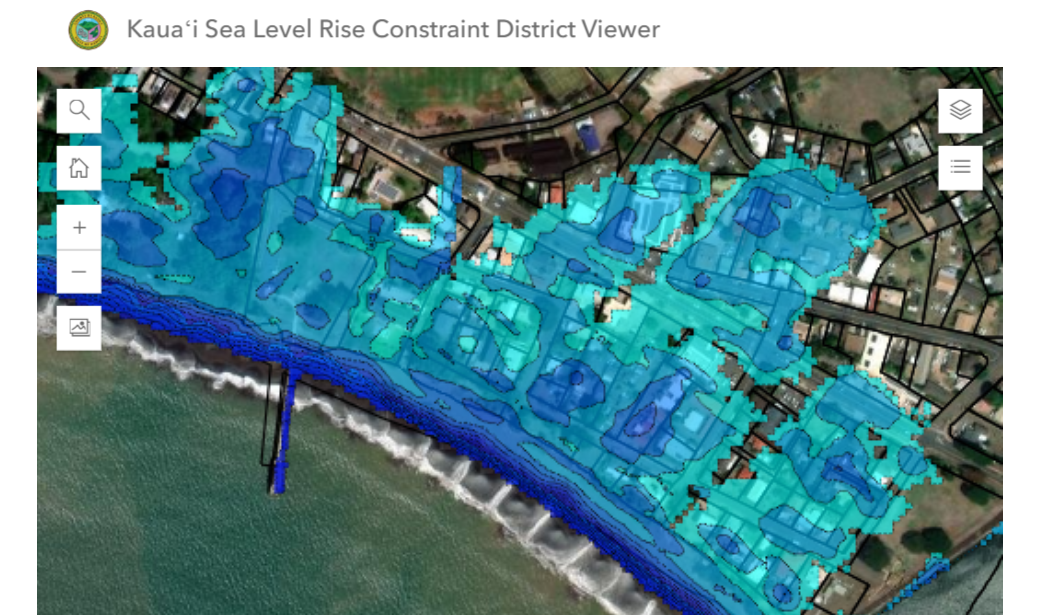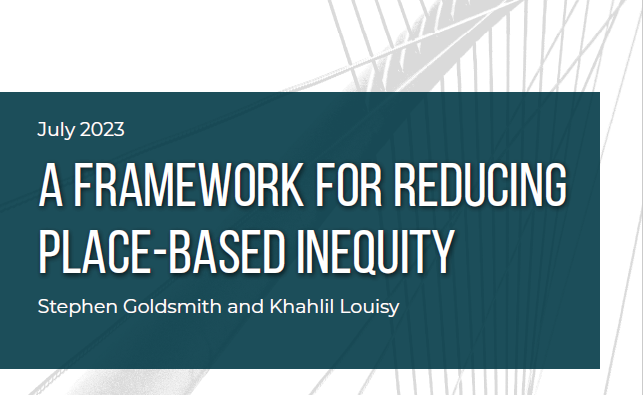According to the World Health Organization, asthma is the
most common chronic disease in childhood. The Center for Disease Control and Prevention (CDC) states that
one in twelve children had chronic asthma in the United States in 2016--that’s over 6 million youths. Globally, asthma is the cause of 1,000 deaths per day and its severity is only rising.
Economically, the United States loses more than $80 billion because of asthma per year due to medical payments, premature deaths, and missed school and work days. On top of that, families with asthmatic children spend on average $1,700 more on healthcare than families with healthy children.
Haneen Khreis, an assistant research professor at Texas A & M University, and her team theorized that the high rate of childhood asthma could stem from environmental factors such as air pollution from cars. They collected data to test this theory and published their findings earlier this month, mapping where American children are most at risk for developing asthma from car pollution.
Asthma symptoms include shortness of breath, coughing, or wheezing from the partially reversible obstruction of airflow. And traffic pollution is comprised of adverse toxins like carbon monoxide, nitrogen oxides, sulfur, benzene, and particulate matter. These pollutants are known to be harmful to health, resulting in various cardiovascular, respiratory and neurological diseases.
An analysis by Khreis’ team in 2017 found consistent connections between traffic pollution and childhood asthma development with significant evidence showing a relationship between the two factors. Since then, studies from the U.S. Environmental Protection Agency (EPA) and the nonprofit research group Health Effects Institute have reported similar findings.
However, despite this evidence, the correlation between childhood asthma and traffic-related air pollution was poorly documented, with very few studies illustrating spatial and geographic variations. To fill this need, Khreis and her team collaborated with University of Washington (UW) researchers to quantify the connection between exposure to traffic pollution and the onset of childhood asthma across the continental United States.
The Texas A & M researchers analyzed 70 million children and conducted their calculations on a census block level (the smallest available geographic unit for census date), while the UW team modeled concentrations of nitrogen dioxide using satellite imagery in conjunction with environmental ground monitoring data. The researchers then extracted data from surveys by the CDC that estimated childhood incidence of asthma. This information paired with the air pollution models allowed Khreis’ team to estimate the number of childhood asthma cases caused by traffic pollution exposure.
The result was a county-by-county interactive heat map and city-by-city table depicting the distribution of childhood asthma due to nitrogen dioxide across the U.S. in 2000 and 2010. In the map, each county is represented and users can navigate the data to see the findings for individual counties.
The study found that cases of childhood asthma attributed to car pollution decreased by 33 percent on average between 2000 and 2010. This could be connected to several factors including the usage of fuel-efficient vehicles and more stringent EPA restrictions on nitrogen oxide emissions. However despite this decrease, 18 percent of all childhood asthma cases are still linked to exposure to traffic pollution. Additionally, children living in urban areas had twice the percentage of childhood asthma cases caused by nitrogen dioxide exposure compared to those in rural areas.

Khreis’ data study and interactive map illustrates the importance of reducing air pollution from motor vehicles. The hope is that this map can better inform car manufacturers, policy makers, transportation agencies and medical associations about the dire concerns of childhood asthma due to car pollution.





